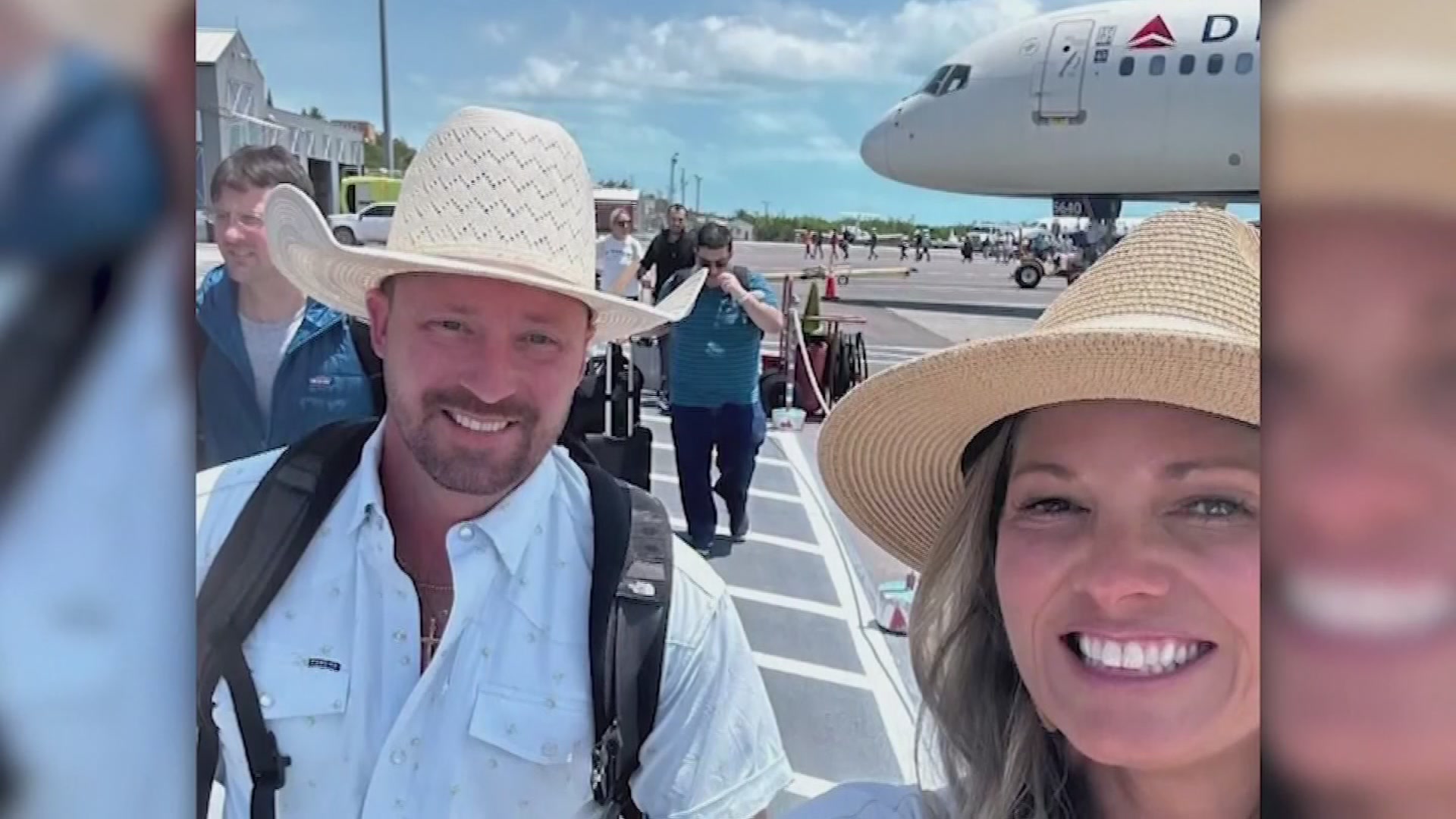Norm Lavelle loves the deer that he feeds -- even the big buck that could have killed him.
At his home, Lavelle feeds deer whose population has soared to about 450 in this fishing village of about 400 residents.
But last January, he was standing about two feet from an 11-point buck when it suddenly gored him.
"It was just nice, then it dropped his head and charged right into me," Lavelle said. "I was horned and I was knocked down. If it wasn't for a heavy jacket, I wouldn't be here. Two months earlier, I had my arm around him."
The Valley Morning Star reports Lavelle believes the buck may have been looking for a mate during rutting season, which runs from early November through late January, peaking around mid-December.
Authorities are warning residents and tourists to be careful when they are around deer during the rutting season, when the deer become more aggressive.
This time of year, Lavelle said, as many as 200 more deer begin wandering into town from nearby ranches.
Local
The latest news from around North Texas.
"All these deer go into a wild state during rut," said Lavelle, who has studied the local deer population for years. "They're here to breed. They don't pay attention. Their eyes turn almost a blood-red and stay that way almost through the entire rut. They've got to keep going for that doe. You've got to be very alert."
Deputy J.M. Gonzalez, who patrols the area for the Willacy County Sheriff's Department, also urges people to be cautious.
"They become more aggressive," Gonzalez said. "We try to warn people. `Be real careful -- watch your kids."'
A rutting buck might mistake a person for a buck vying for breeding rights, said Randy Fugate, a biologist with the Texas Parks and Wildlife Department in Falfurrias.
"They can see humans as competition," Fugate said. "It's not a good situation over there."
The Willacy County Navigation District, which oversees the 7-square-mile port, may resurrect a plan to ban the feeding of deer to try to keep them from wandering into town, Chairman Thomas Rains said. Residents and environmentalists opposed the plan in December 2012, Rains said.
"We're going to have to revisit this," Rains said. "Every year, the population's increasing two-fold. My main concern is people getting hurt, especially this time of year with the rut."
Free-roaming deer have become a big tourist draw in this village whose fishing industry slows during the winter months, said Christine Simmons, manager of the Port Mansfield Chamber of Commerce.
"That's an attraction for us," Simmons said. "They come from all over to bring their families to feed them. People will stop in the street and feed them. (Deer) don't have to move out of the way -- you have to move out of the way. They're at home."
During rutting season, some bucks spar in town, Simmons said.
"They lock horns," she said. "Naturally, it's intriguing. You're not in the wilderness to see this."
But Simmons said the local deer population surged into a scourge about 10 years ago.
"I'm not in favor of the deer," Simmons said. "There are more of them than there are of us. We're overrun with them. They've interbred. They're mangy. It's insane. They're out of control."
The Navigation District could trap deer to relocate them, Rains said, citing the case of Lakeway, a city of 14,000 near Austin.
In 1997, Lakeway officials began trapping deer to relocate them, said Devin Monk, the city's spokesman said.
But Monk said limited relocation sites led city officials to euthanize trapped deer, whose meat is processed for a food bank.
Navigation District officials could consider costly options that include permitted deer hunts and trapping deer to relocate or euthanize, Fugate said.
But Fugate said a feeding ban could help control the deer population.
"People are going to have to accept that we can't have them uncontrolled out there," Rains said. "At some point in time, I believe, the population has got to be brought down."



